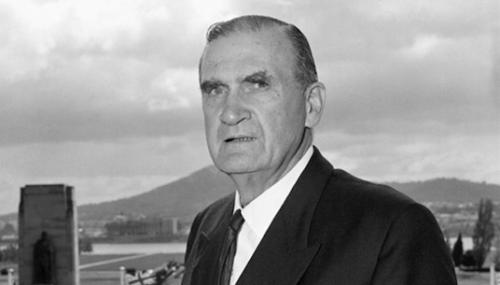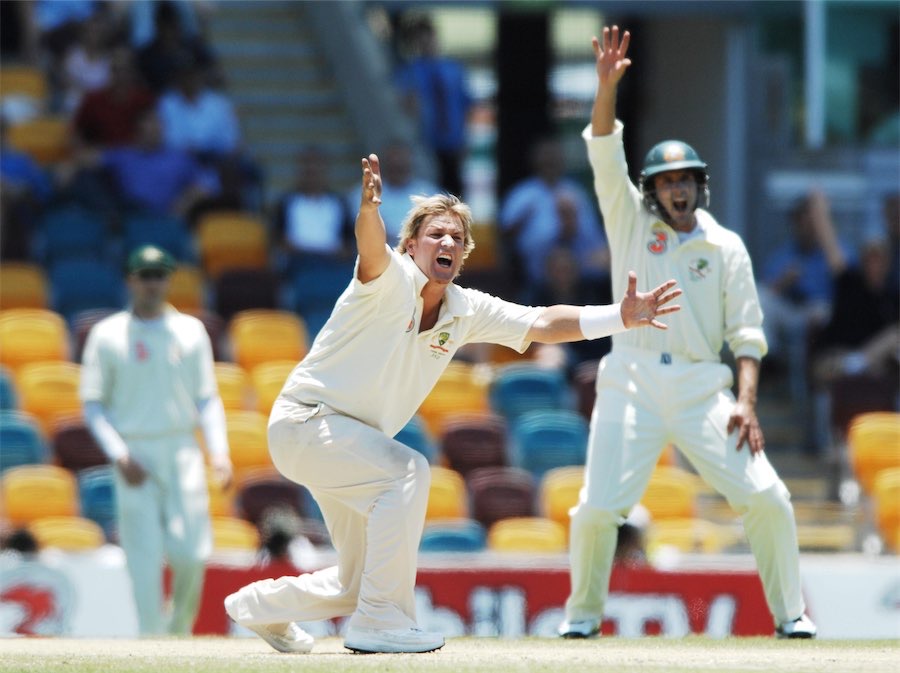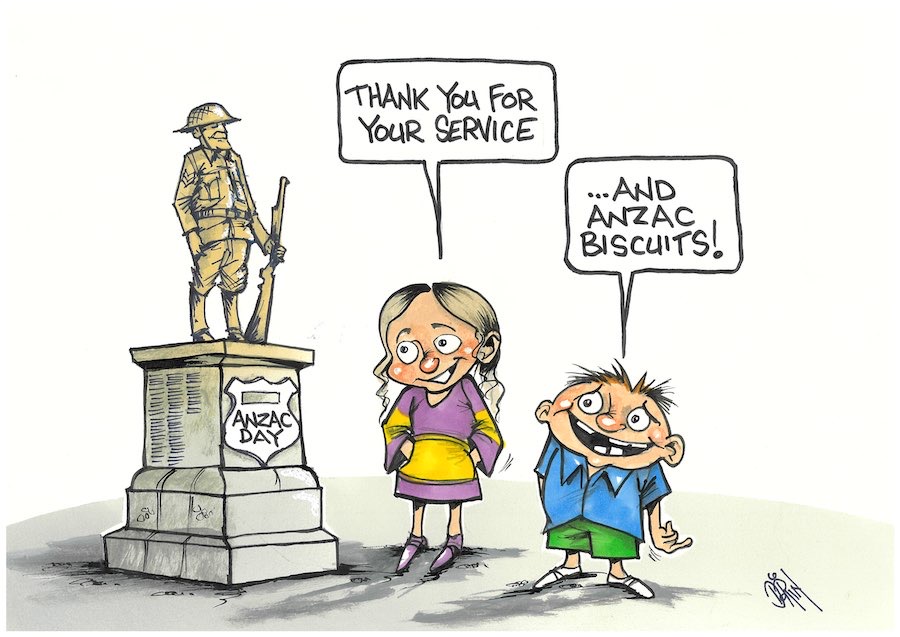“OH God, we are near complete despair. How can we possibly change our fate? How can we possibly persuade our society that we deserve to be treated with decency and respect? How can we possibly fight a criminal justice system that has been designed to ensure our defeat? How can we possibly combat the blindness of white men and women so deeply invested in their own privilege that they cannot afford to see how much we suffer?”
These are the words of Michael Dyson from his recent book “Tears We Cannot Stop”. The book is subtitled “A Sermon to White America” and it challenges white Americans to reflect on the extent to which they either consciously or unconsciously assert that their “whiteness” invests in them privileges that are denied black people.

Dyson insists that it is white superiority and privilege that is perpetuating a racial hierarchy resulting in widespread institutional racism.
The state and nature of race relations in the US are certainly different than in Australia. Nevertheless, the levels of disadvantage and discrimination that Aboriginal and Torres Strait Islander people continue to endure and the overtly racist response by many Australians to non-white citizens and to asylum seekers, most notably people of Muslim faith, suggests that the issue of white privilege and racism in Australia also deserves greater attention.
Even here in Canberra, one of the most prosperous and allegedly progressive cities in the world, the briefest look at the disparity of outcomes achieved by Aboriginal and Torres Strait Islander residents against almost all of the indicators of wellness and equality would seem to make the case being put by Dyson in “A Sermon to White America”.
My sense is that the dire levels of indigenous disadvantage in Canberra would come as a surprise to most Canberrans. If I am correct and that is the case then it, of course, begs the question why that is so. However, perhaps of equal interest would be the explanation that those of us who are aware of the levels of disadvantage suffered by our Aboriginal neighbours here in Canberra would give if asked to explain our apparent lack of concern and indifference to their suffering.
When, for example, is the last time you saw a letter to the editor, a petition, a passionate exhortation from a local politician or indeed anyone anywhere about the priority that we should give to responding to the disadvantage, discrimination and adversity experienced by Aboriginal residents of Canberra?
To illustrate the point, just this month the “Family Matters” national report on the over-representation of Aboriginal and Torres Strait Islander children in out-of-home care confirmed yet again that the ACT has among the highest rate of removal of Aboriginal children from their families in Australia.
An Aboriginal child in Canberra is 12.5 times more likely than a non-Aboriginal child to be taken from its parents. The report includes a state and territory report card that highlights the performance of each jurisdiction against a range of indicators. The ACT report card notes pointedly that the ACT has performed “particularly poorly against all measures”.
The “Family Matters” headline finding is that on current trends the number of Aboriginal children in out-of-home care in Australia will triple in the next 20 years. This absolutely stunning prediction has not, I understand, received any media attention in Canberra. One assumes it was not thought to be newsworthy.
In fact, there is almost no social or economic measure that does not reveal a similar level of disparity in outcomes in Canberra between Aboriginal and non-Aboriginal people. Whether it be in relation to homelessness, incarceration rates, home ownership, rates of arrest, domestic violence, education, health, employment, developmental vulnerability or the number of children living in poverty the disproportion between Aboriginal and non-Aboriginal people, black and white, is of a similarly staggering order to that of children in out-of-home-care.
These sorts of outcomes are traditionally explained away as the predictable consequences of the generations of discrimination and disadvantage experienced by indigenous people in Australia. The sins of our (white) fathers for which we the current generation of whites say, we surely cannot be expected to be held responsible.
Michael Dyson, for one, refuses to cop that. His conclusion that white people are conveniently if not self-interestedly blind to institutional racism and bigotry is certainly very challenging. Most people would undoubtedly be offended by any suggestion that they are racist, as indeed would I. Nevertheless, Dyson’s analysis that white privilege is at the heart of the discrimination faced by black people is cogent and persuasive.
Those that dismiss Dyson’s thesis as irrelevant to Australia or more particularly the circumstances of Aboriginal people in Canberra might find alternative explanations equally awkward.
It is increasingly being put to me that what ails Canberra is a dominant and smothering middle class. That Canberra is increasingly being seen as lacking empathy or compassion or is indifferent to the concerns or needs of those within our community for whom life is a constant struggle is explained by reference to the dominance of a large middle class that wants for nothing and that controls all of the institutions of influence and government and, indeed, the government itself.
Who can be trusted?
In a world of spin and confusion, there’s never been a more important time to support independent journalism in Canberra.
If you trust our work online and want to enforce the power of independent voices, I invite you to make a small contribution.
Every dollar of support is invested back into our journalism to help keep citynews.com.au strong and free.
Thank you,
Ian Meikle, editor




Leave a Reply